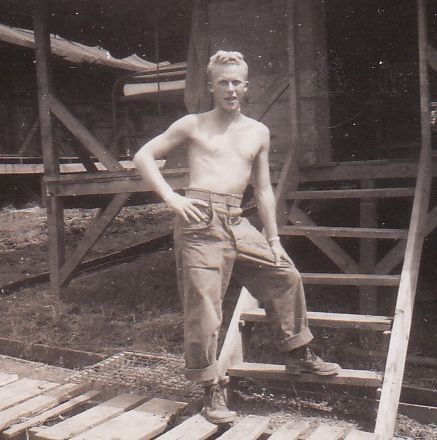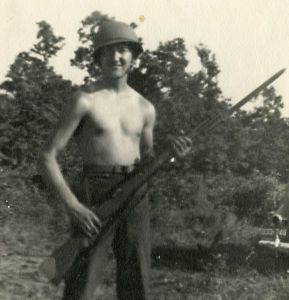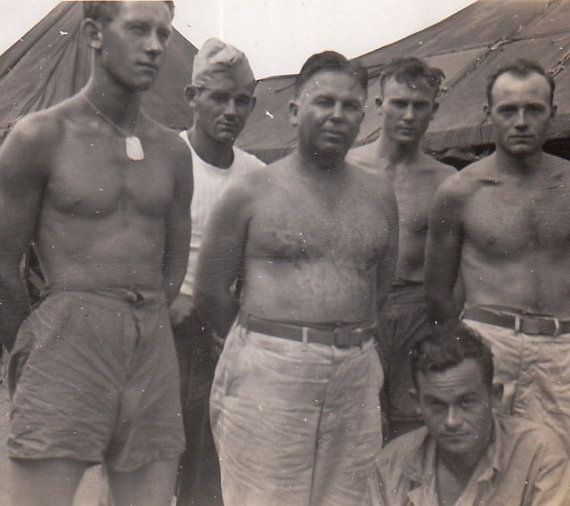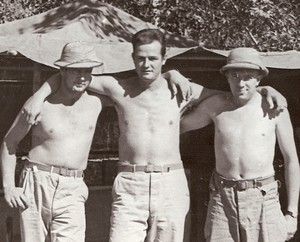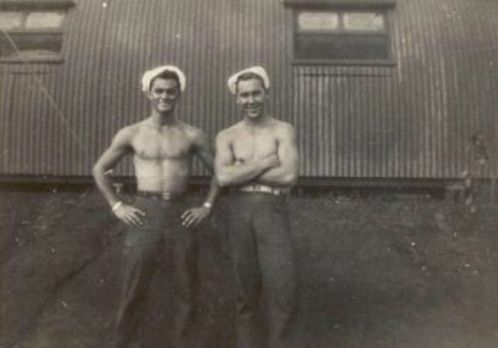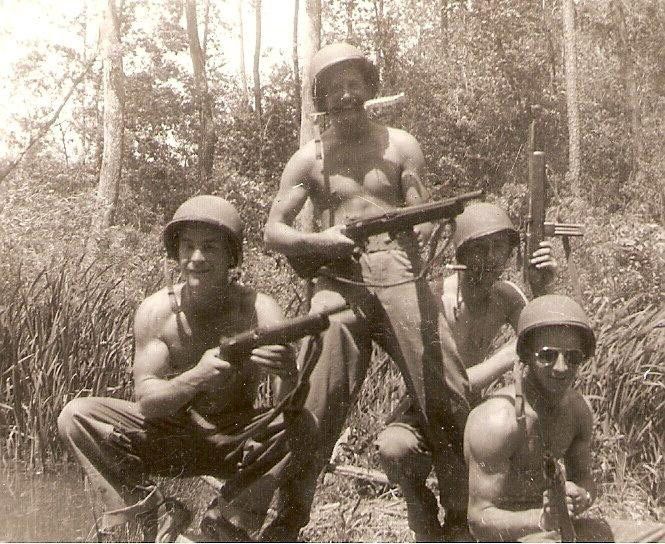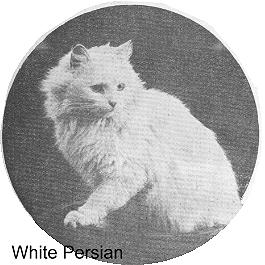les_garten
Active Member
tater said:People are not bigger because they have bigger bones. Bigger people grow bigger bones. This is not an evolutionary change, it's a physiological response (as muscle attachments on bone can grow, etc).
Nutrition clearly plays a role, more calcium, etc, available, as well as just plain more calories, and less physical labor. It's environmental. Regardless, the people then were simply by and large more fit. The society was still more agrarian than now, and even urban lifestyles required more walking. All this on top of fewer calories available. More movement, fewer calories.
Did you miss this part:
It's Genetic
It's Environmental
It's Behavioral

